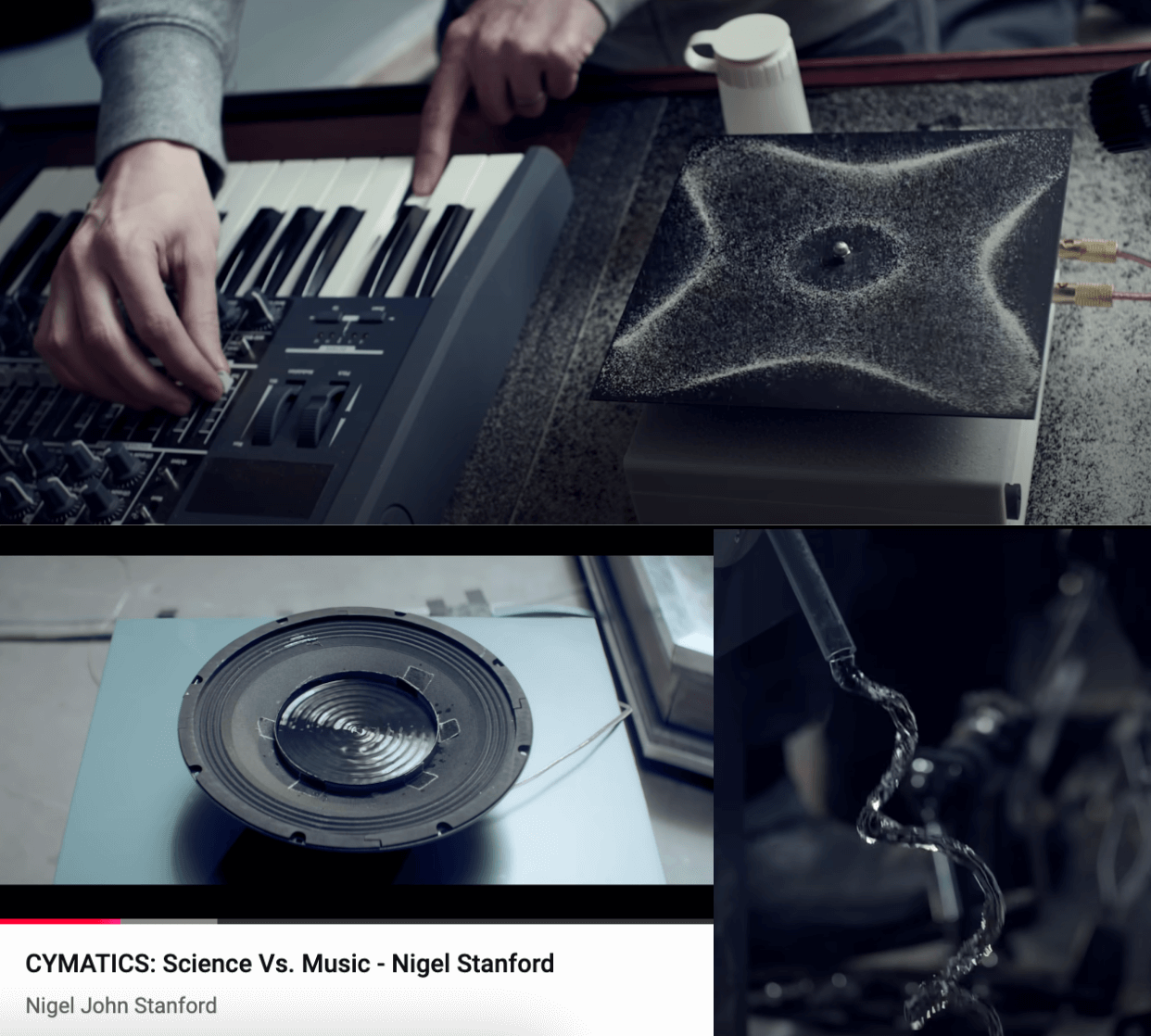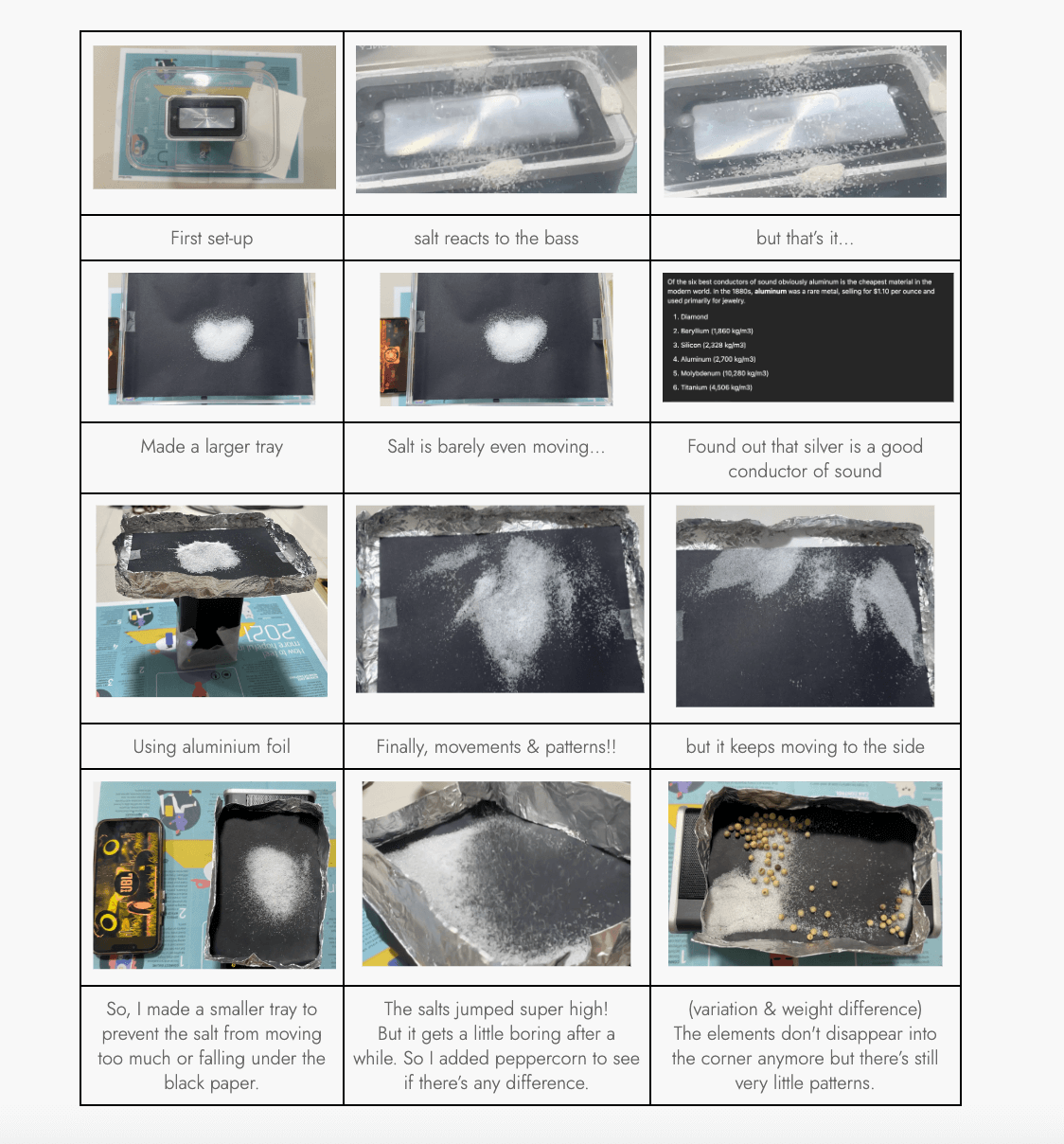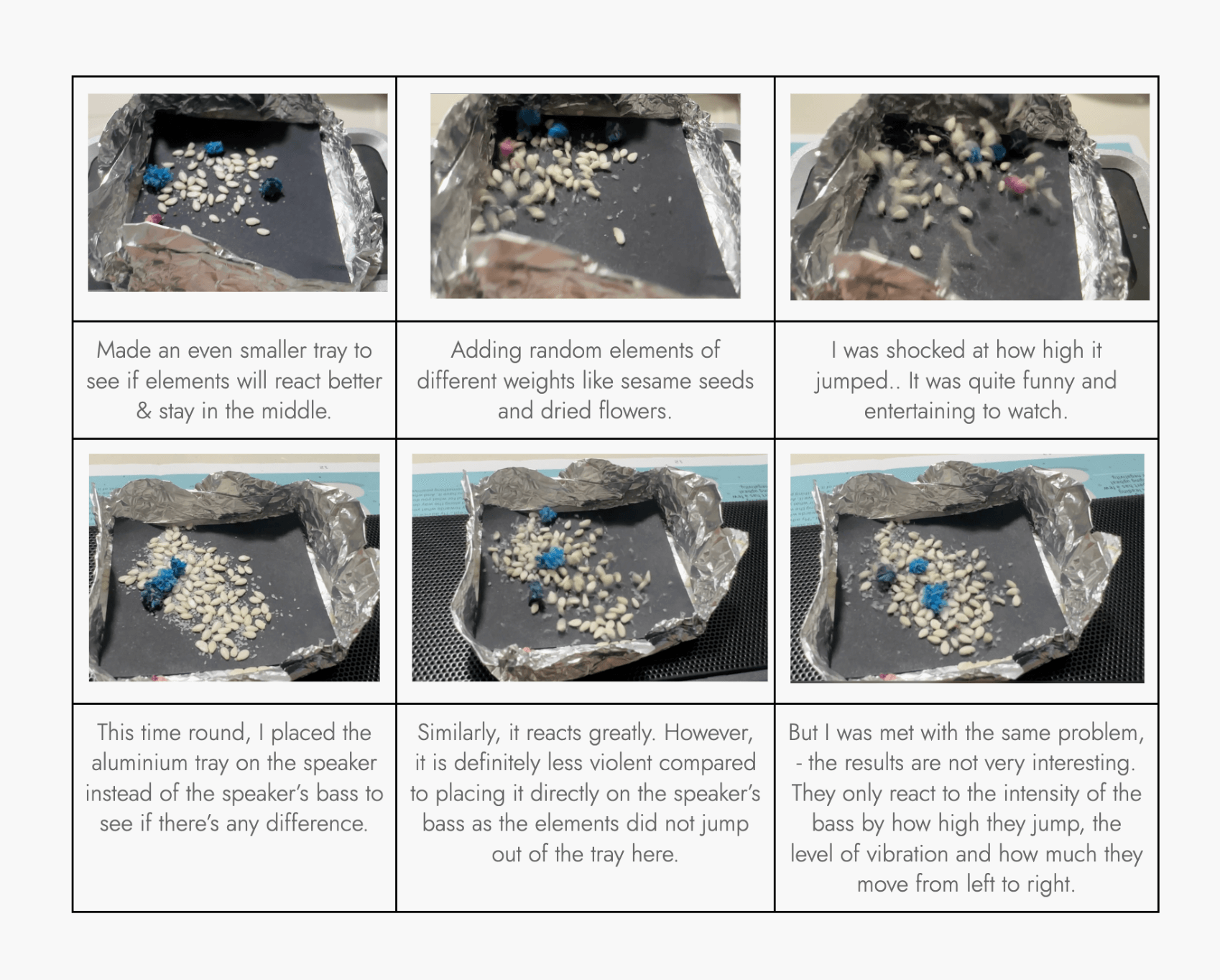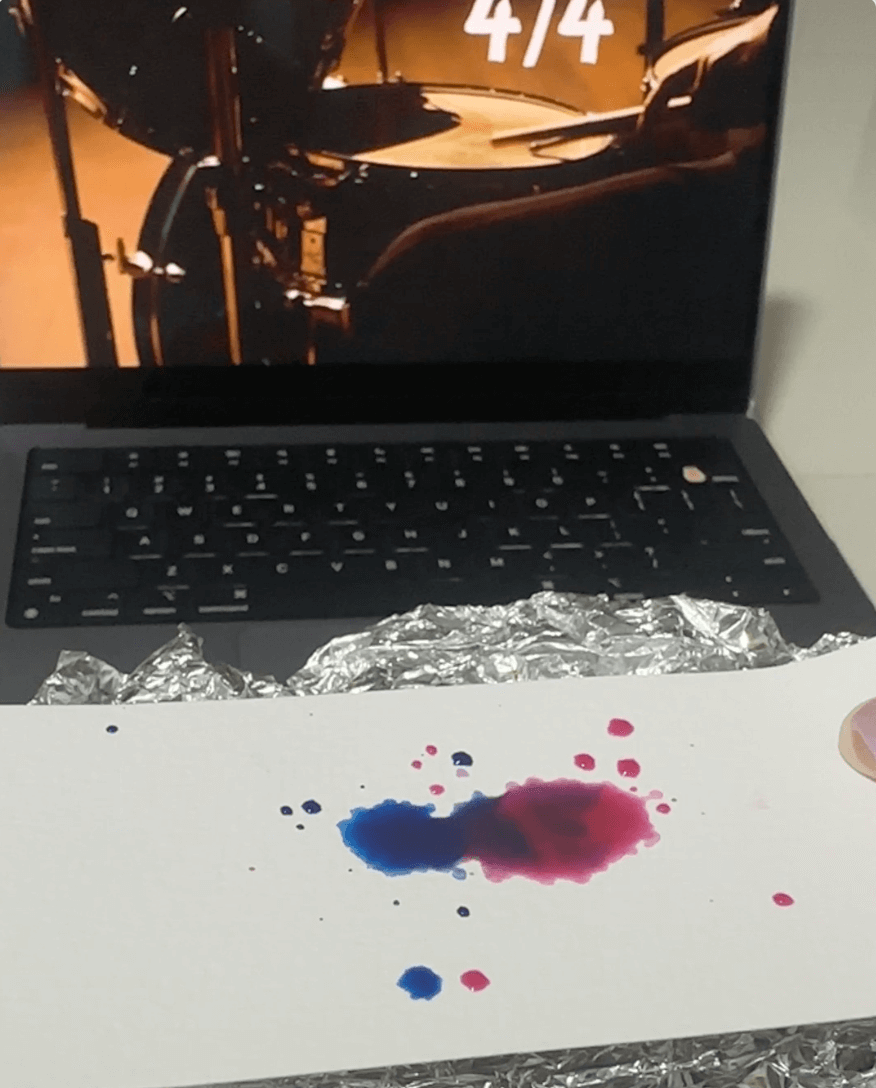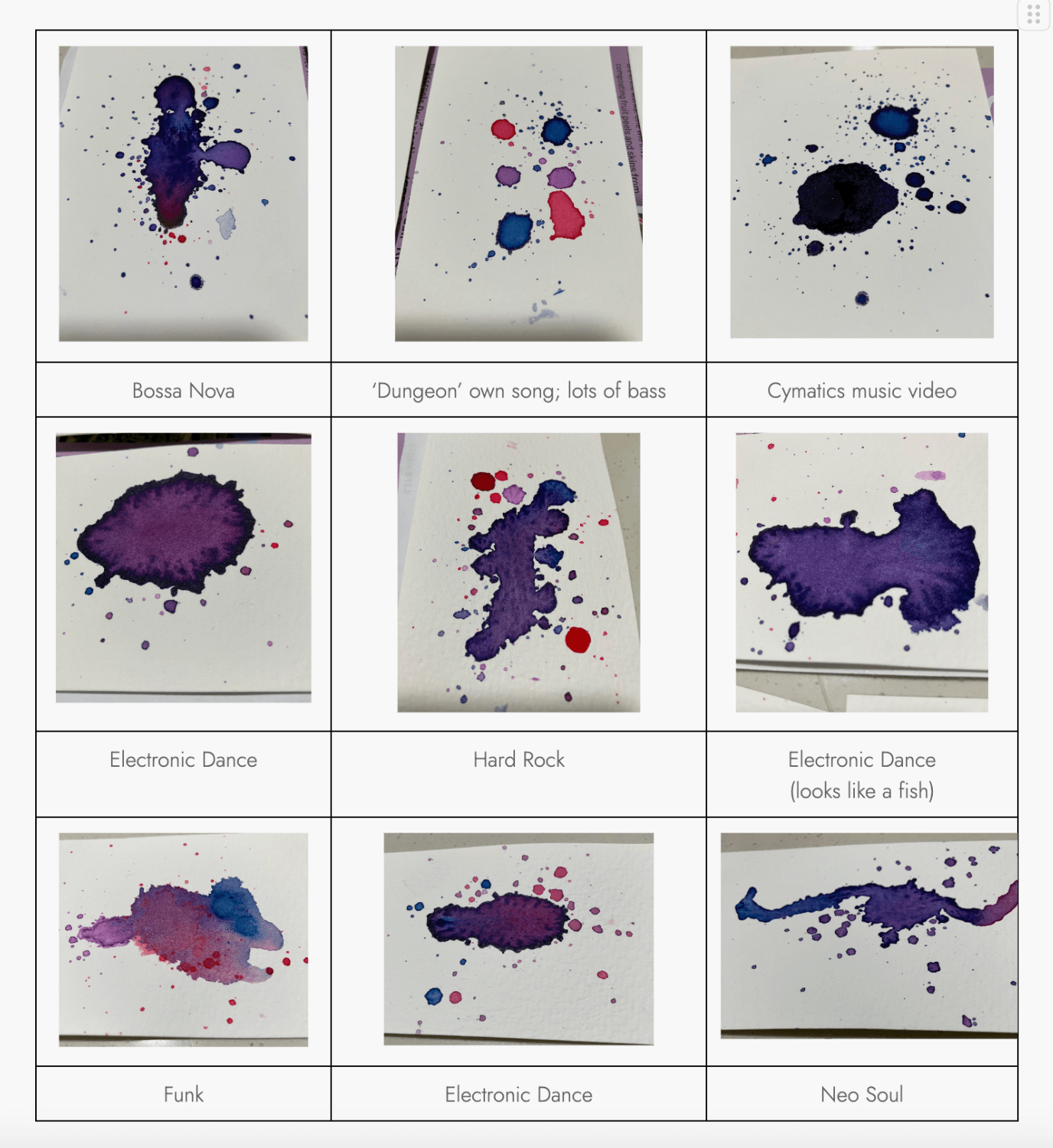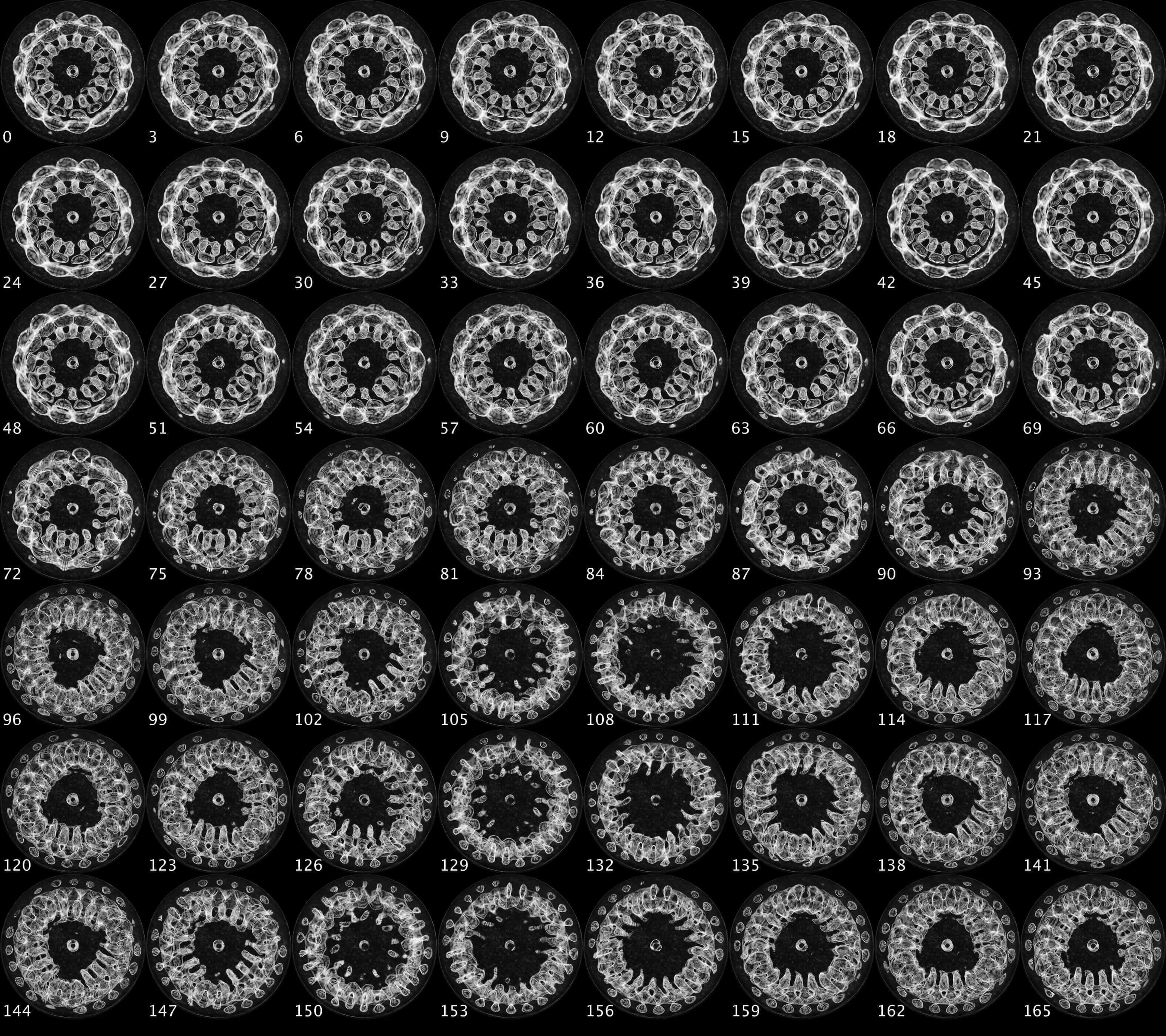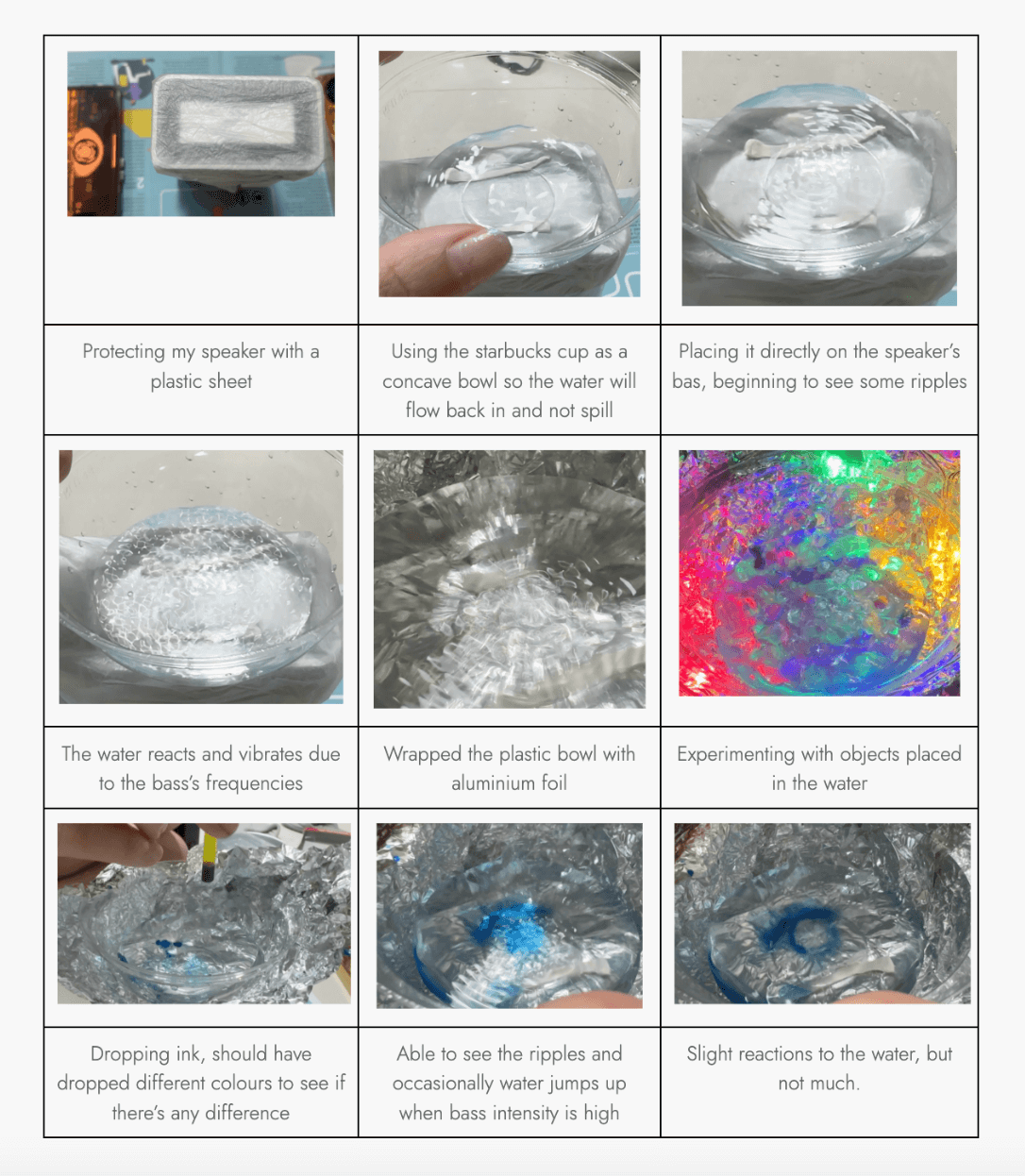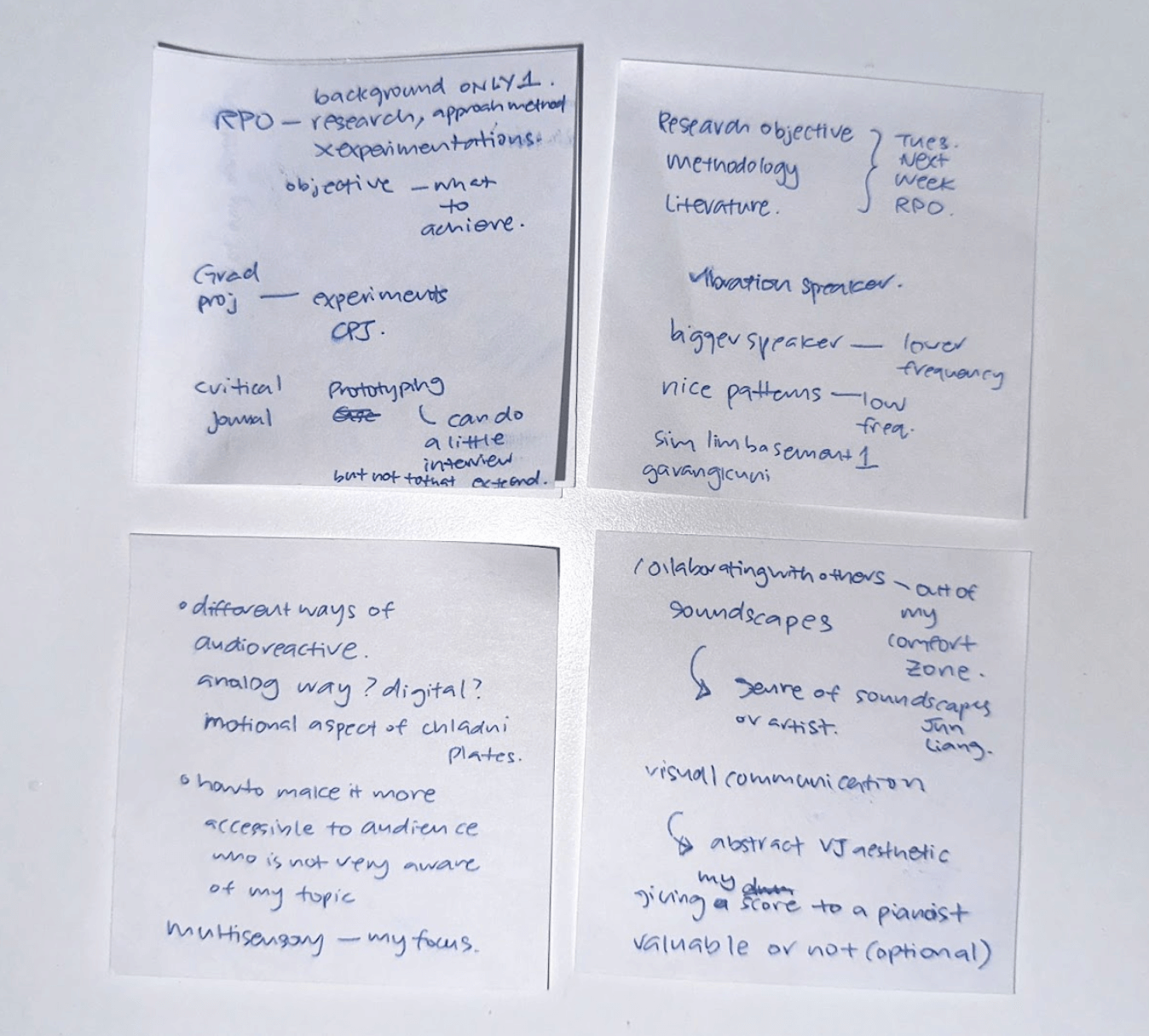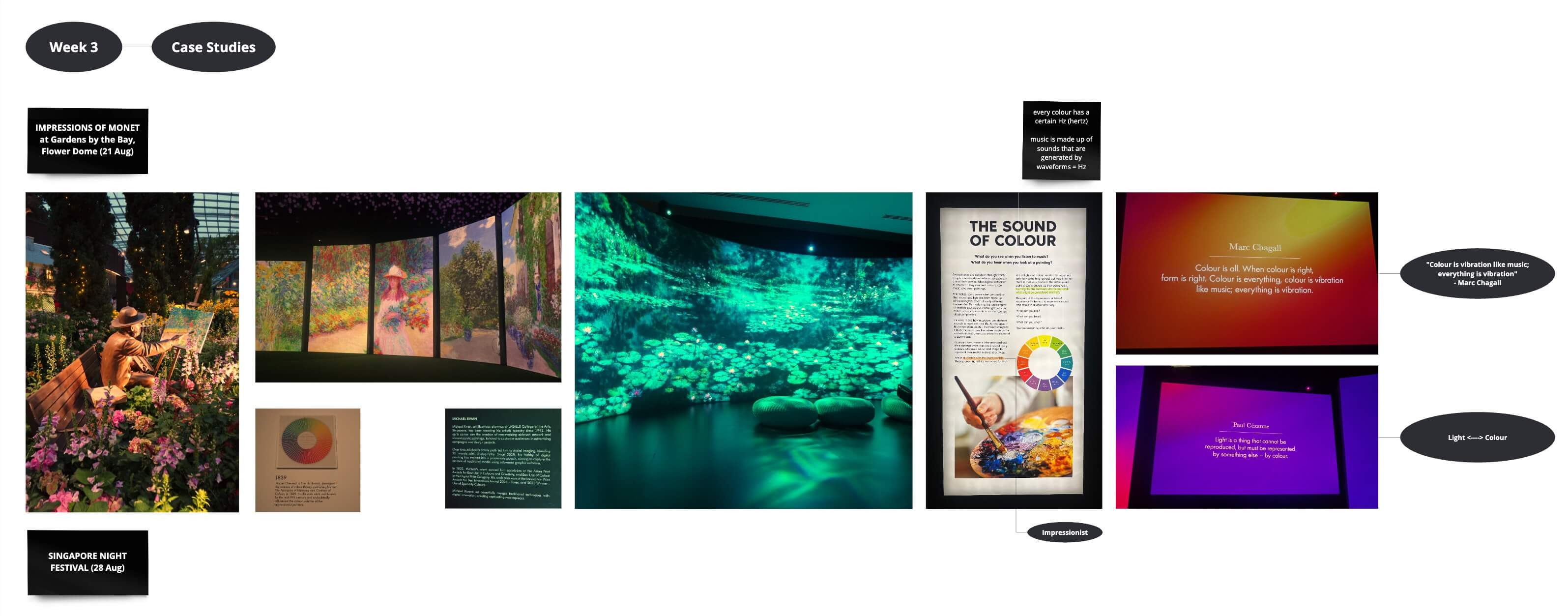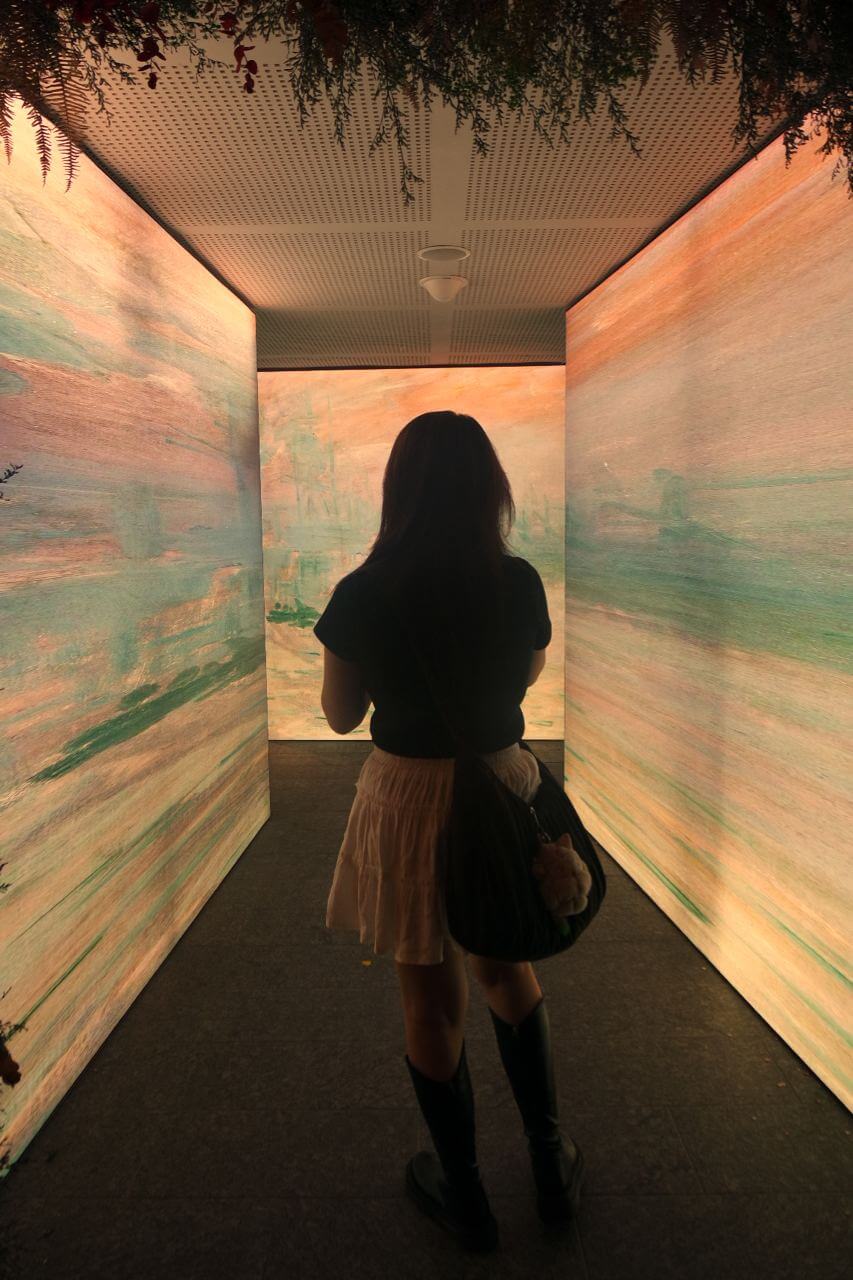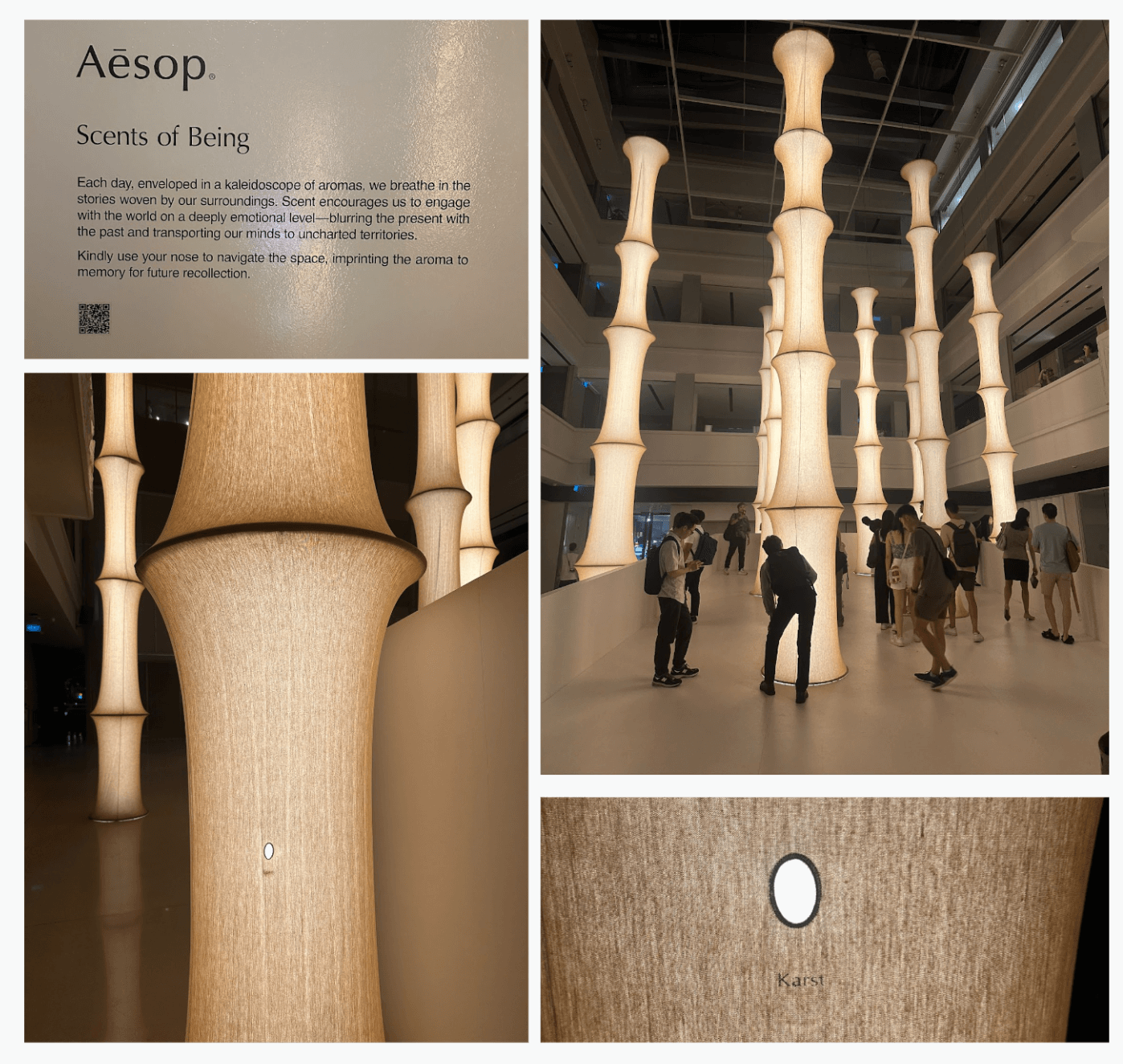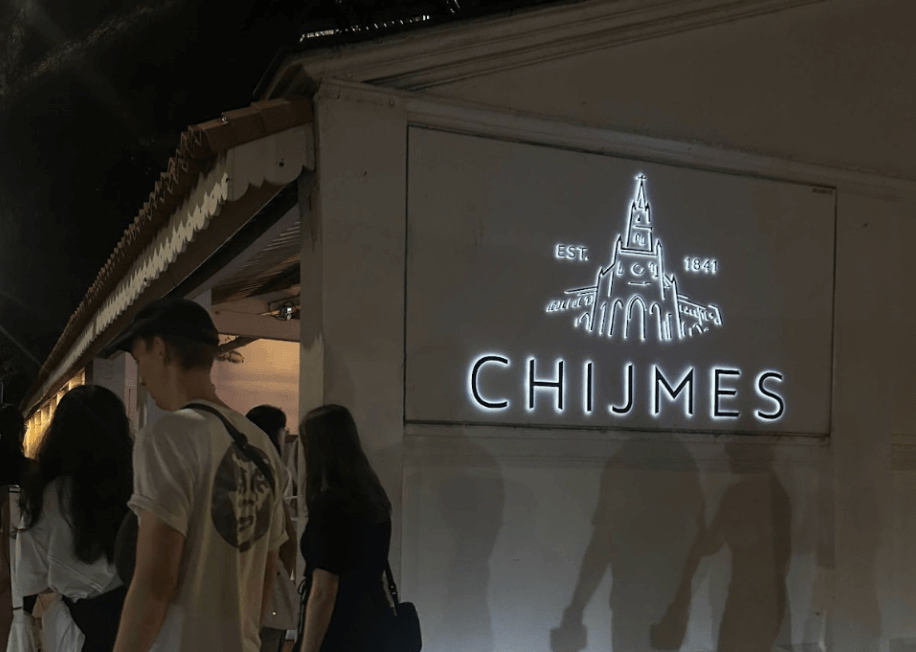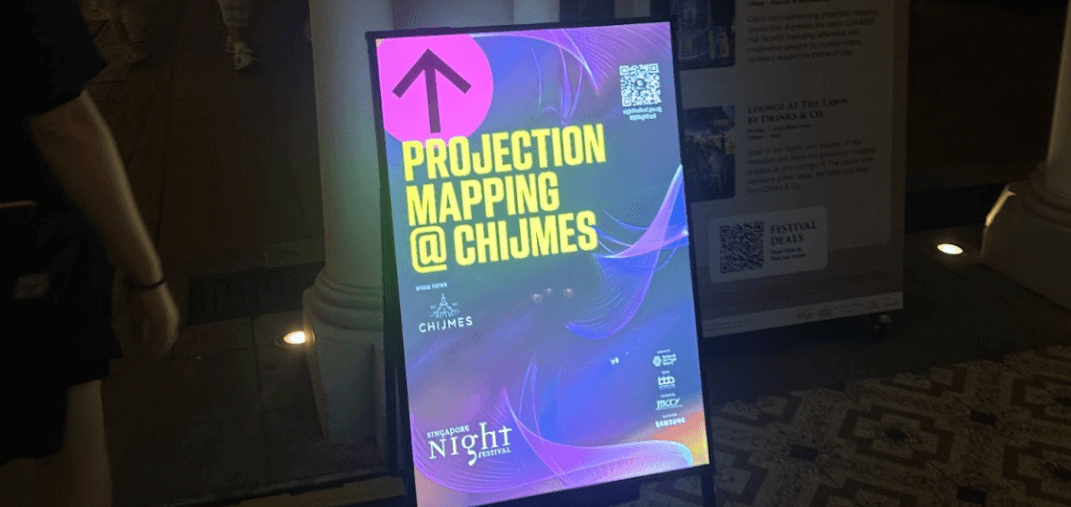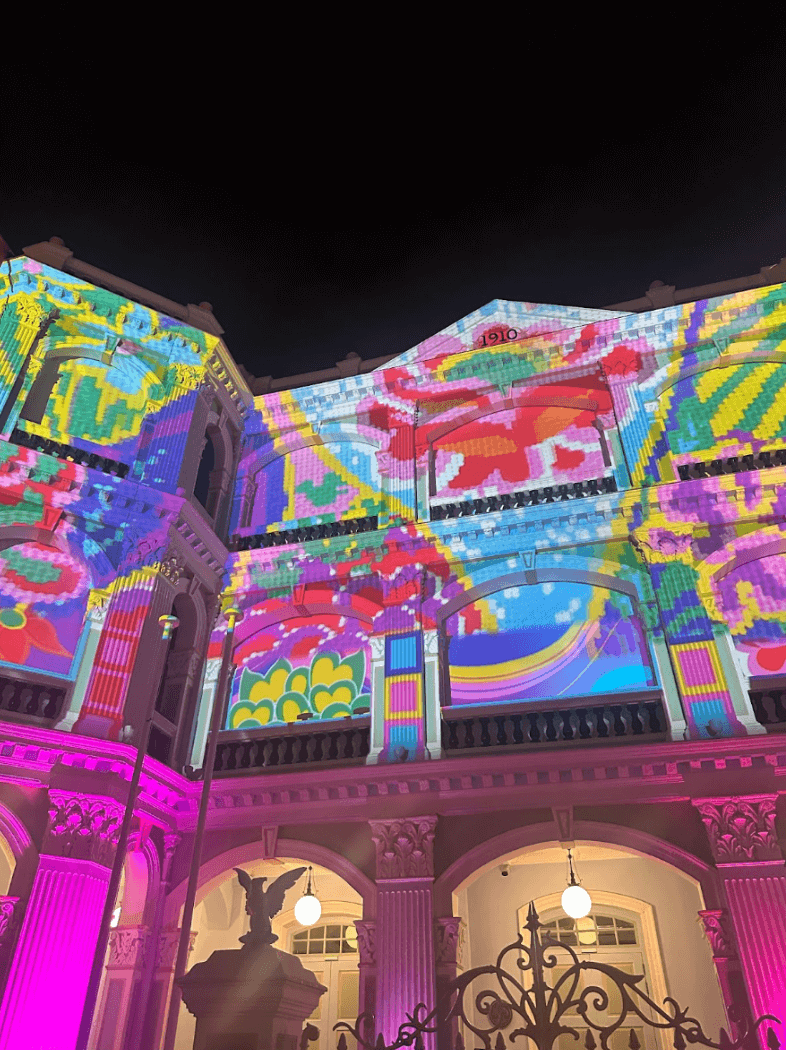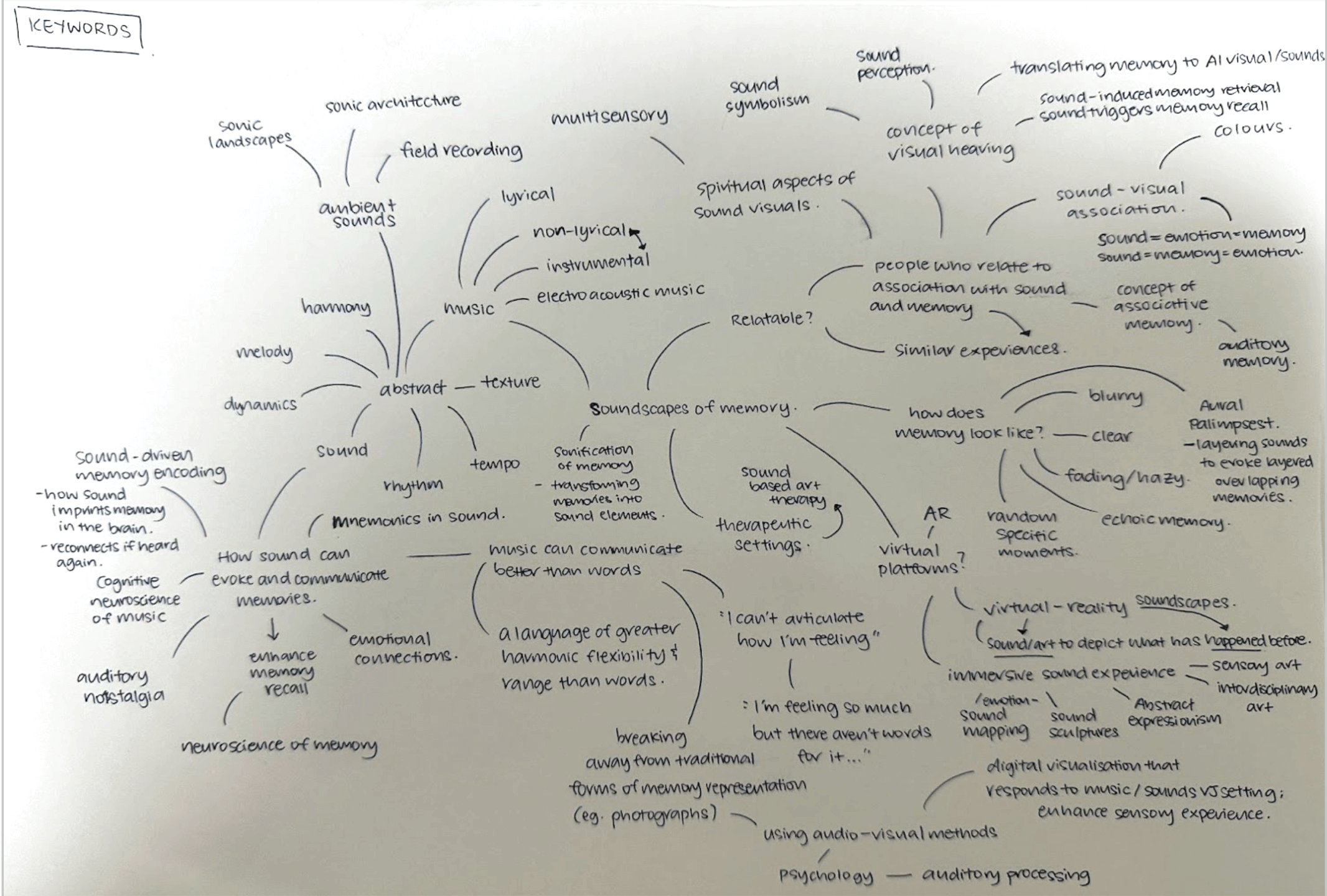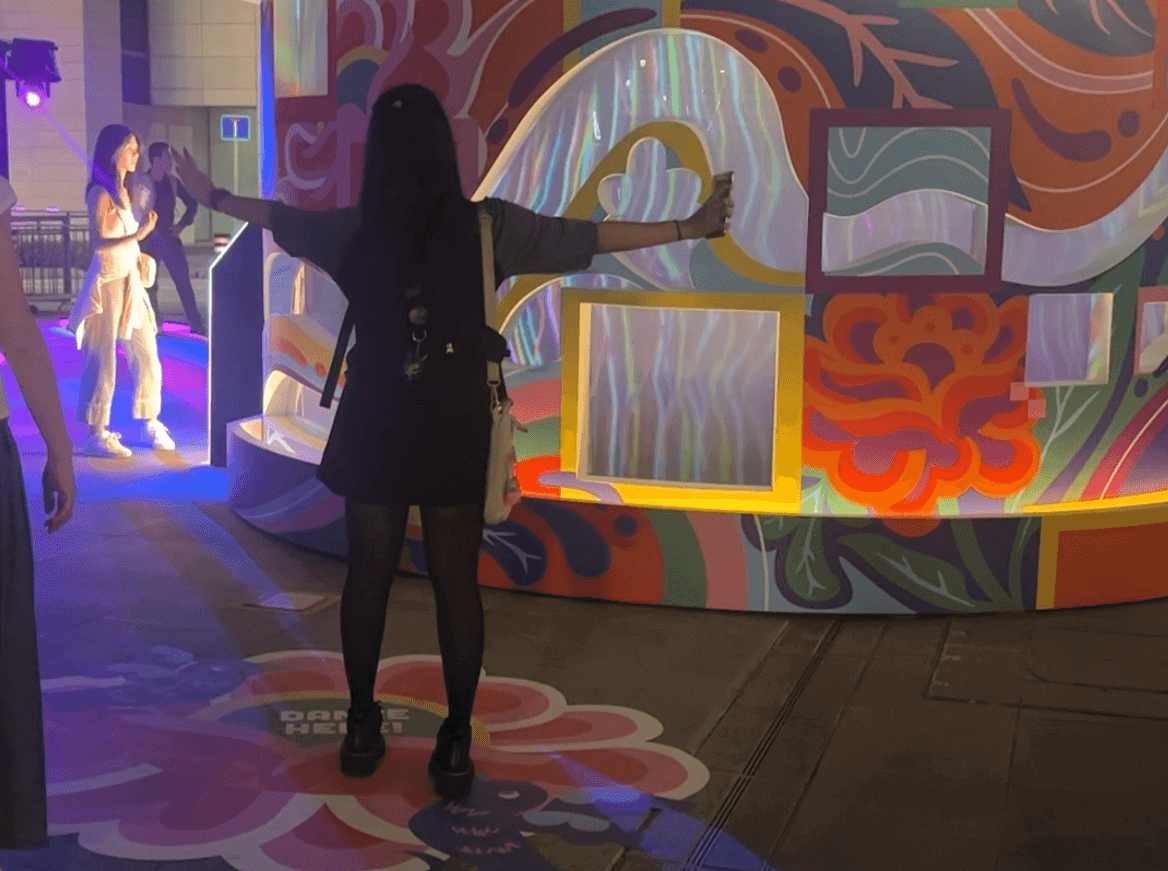ོ࿐˖✶⊹₊𖦹 W.3 START MAKING 𖦹₊⊹✶ ࣪˖࿐ོ
IDEATION MAP
This week I begin sketching some random ideas that are relevant to my topic as I find myself getting stuck because Synaesthesia is a rare condition and the concept itself is too specific. One of the feedbacks I received during consultation was to try not to focus specifically on synaesthesia to get out of the design block. My ideas can start from the understanding of Synaesthesia but it will eventually branch out to other closely related topics.
I stumbled across a Cymatics music video and was inspired by Chladni plates. Thereafter, I tried to DIY a Chladni plate using materials that I have. Even though I had failed to make visible patterns of a cymascope, I find the experiments enjoyable and interesting.
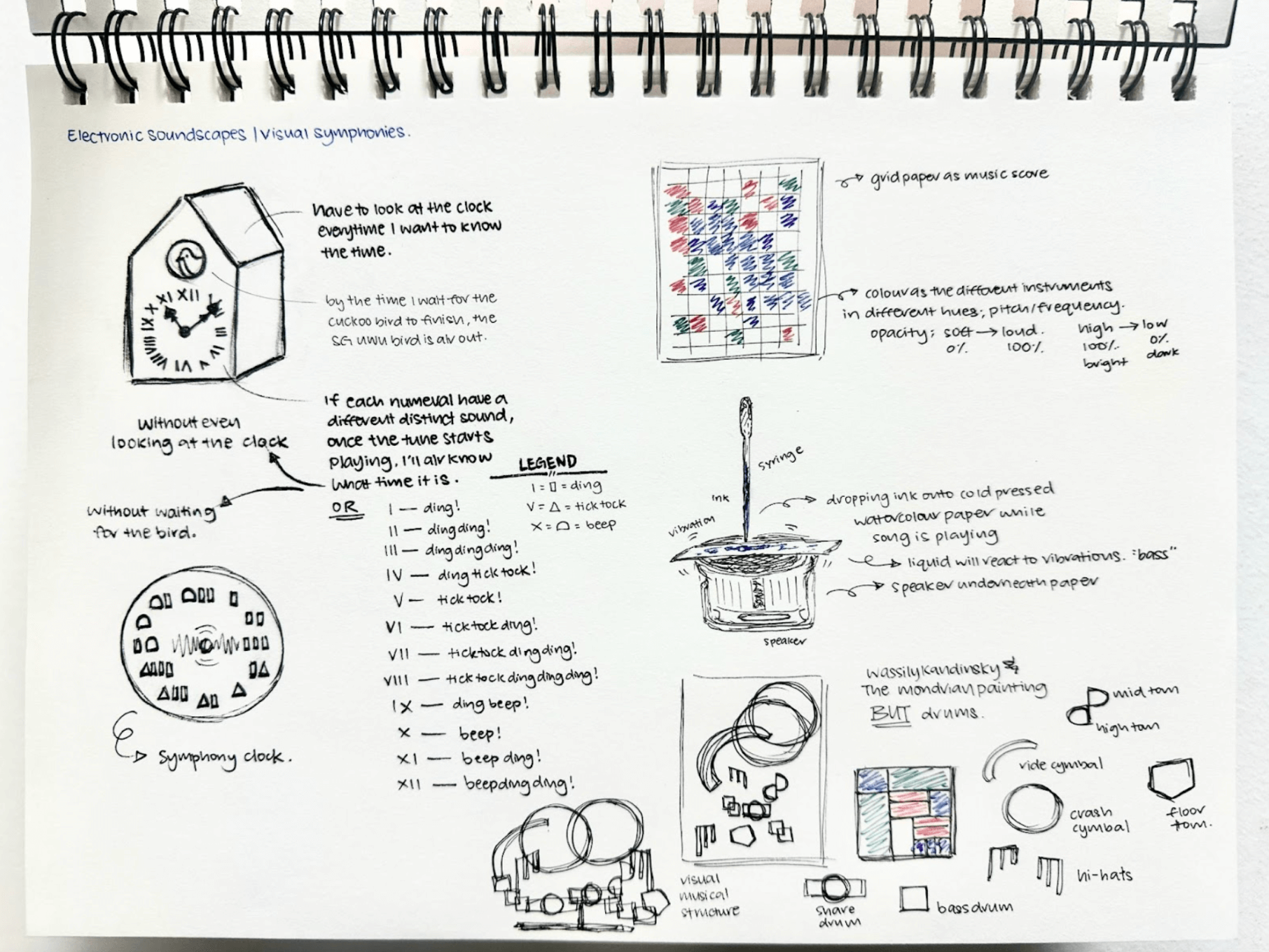
I wanted to observe the relation between a small part of sound, focusing mainly on how vibrations react to sound to produce visuals. During this process, I also extended to explore how water reacts to different genres of music. Some of the music I’ve played are Electronic-Dance, Funk, Bossa Nova, Rock and Neo-Soul genres.The materials I used in this experiment includes: speakers, cut up straws (as an ink syringe), watercolour ink, salt, sesame seeds, peppercorn (to see if the movement varies in water), Starbucks plastic concave cap (so water will flow back in), Aluminium foil (metallic surface, good conductor of sound) and lights for effects.
I wanted to observe the relation between a small part of sound, focusing mainly on how vibrations react to sound to produce visuals. During this process, I also extended to explore how water reacts to different genres of music. Some of the music I’ve played are Electronic-Dance, Funk, Bossa Nova, Rock and Neo-Soul genres.
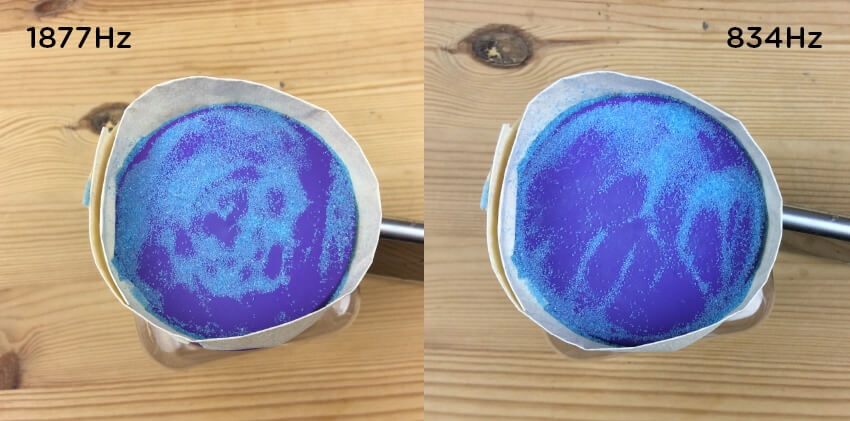
EXP.1 - VIBRATIONS
Here are the set-up and results for the aluminium-salt experiment.✲ I think one problem that I am facing here is because I am making use of DIY scrap materials, the outcome isn't what I wanted to achieve.
✲ I can look into getting a vibration speaker and a bigger one because bigger speakers produce lower frequency which results in nicer patterns, as compared to smaller speakers like the one I used which produce higher frequency, which might be why the patterns are less obvious.
✲ I can also look into different ways of audio reactiveness (focusing on the multisensory aspect), either the analog or digital ways that are able to replicate the motional aspect of the Chladni Plates.
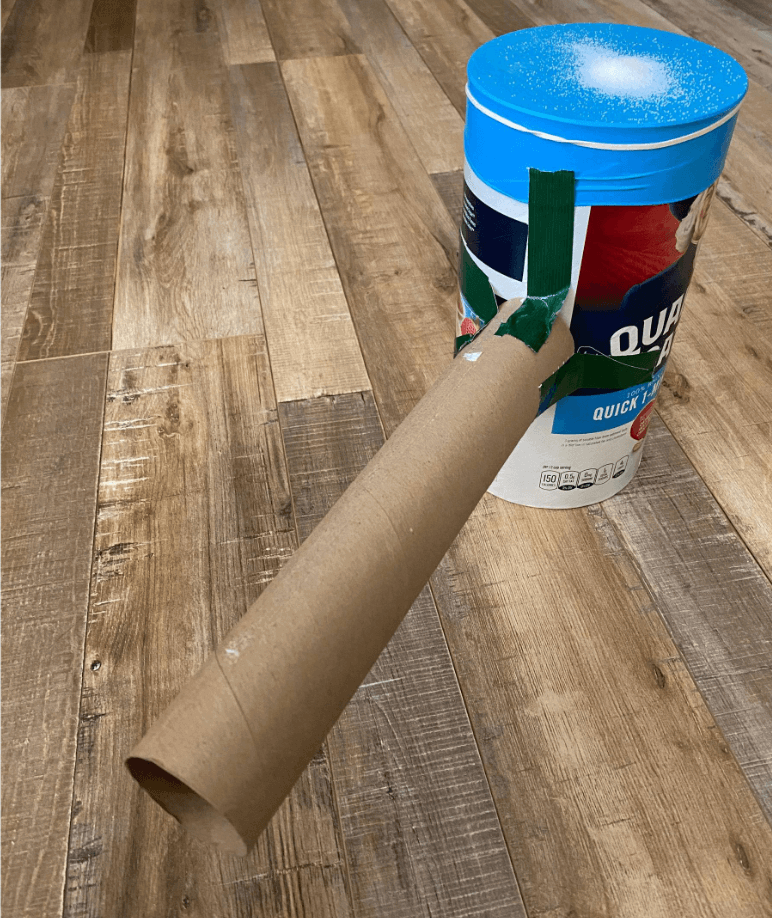
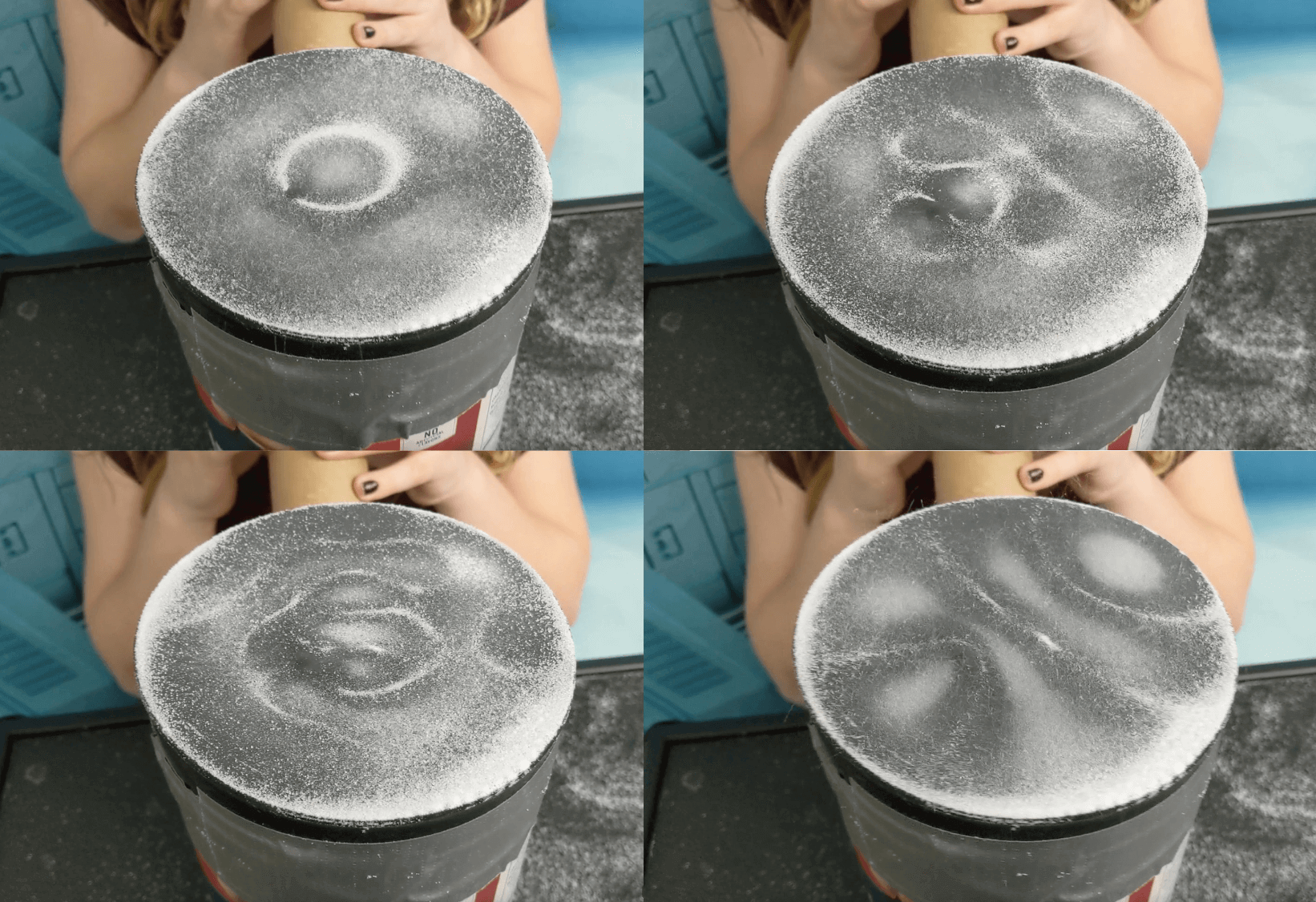
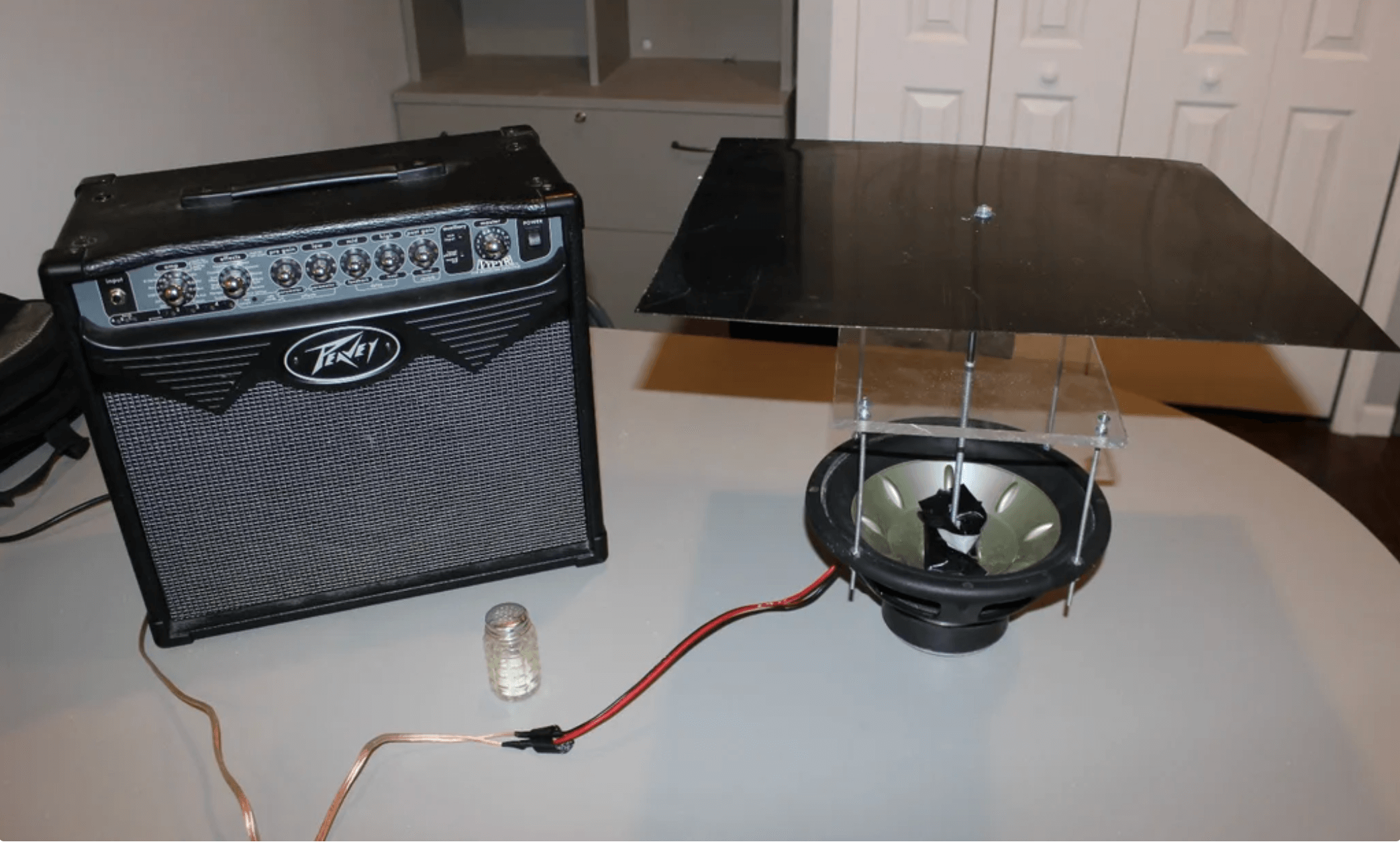
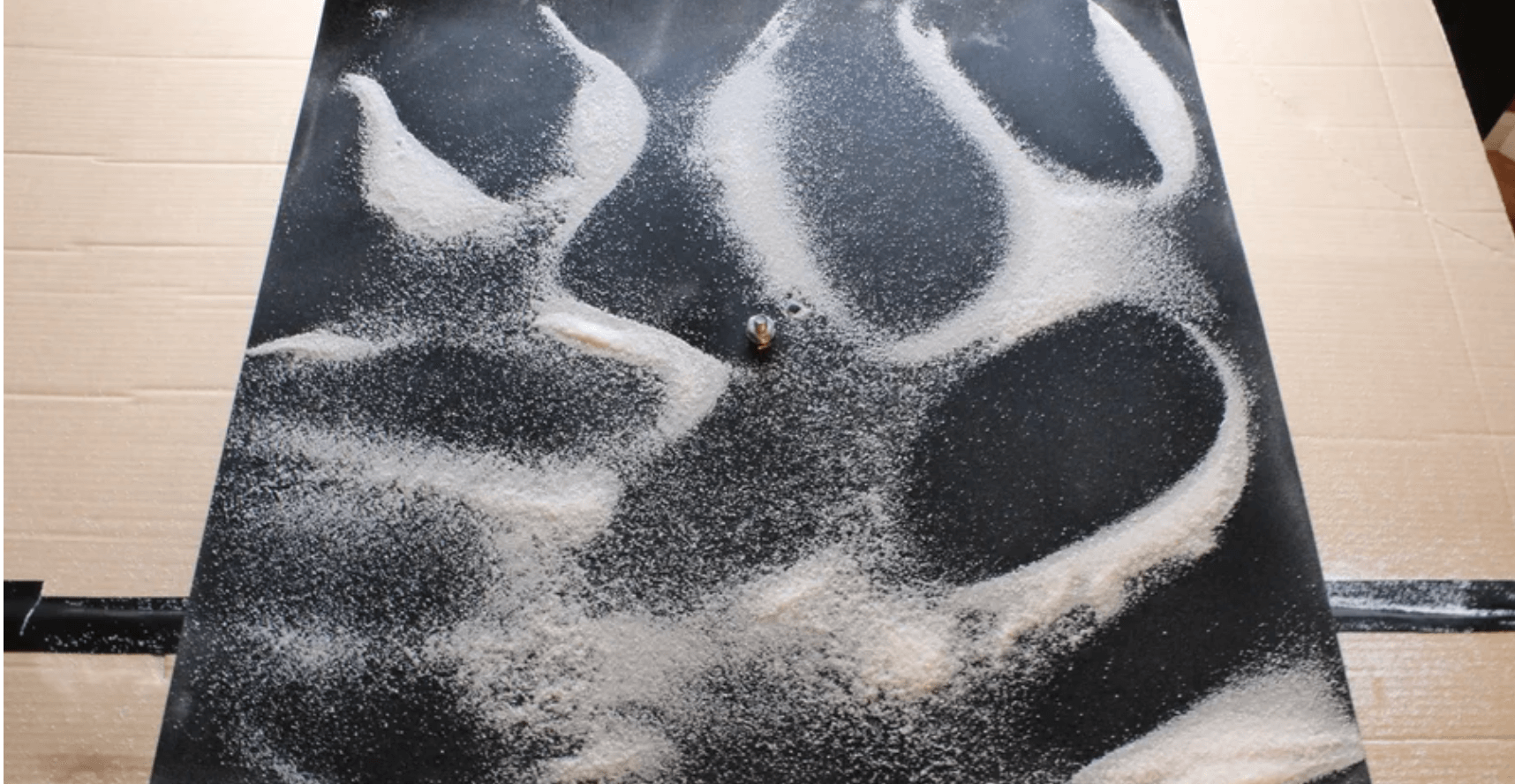
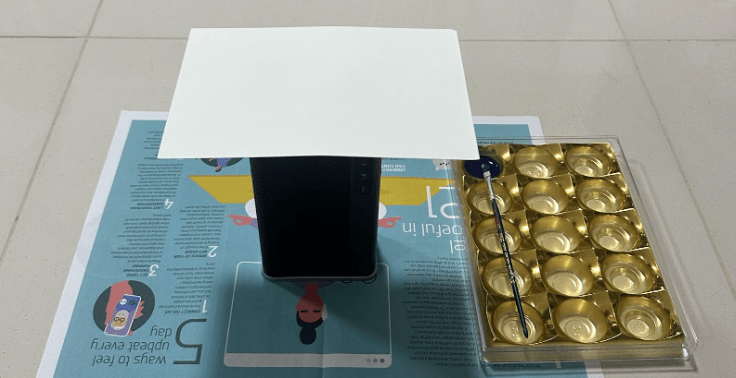
Step 1: Paper atop bass speaker 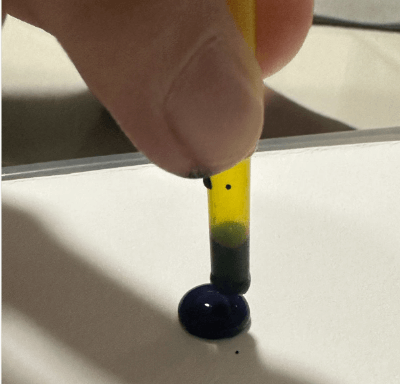
Step 2: Small drips of ink using cut-out straws 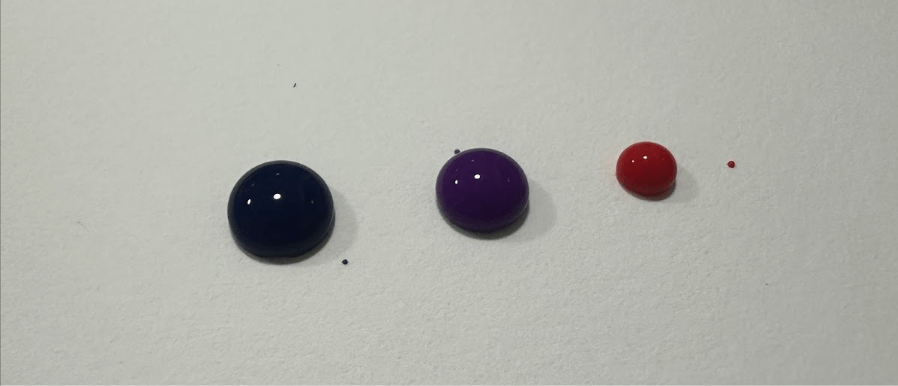
Step 3: Use different colour ink to see effect
